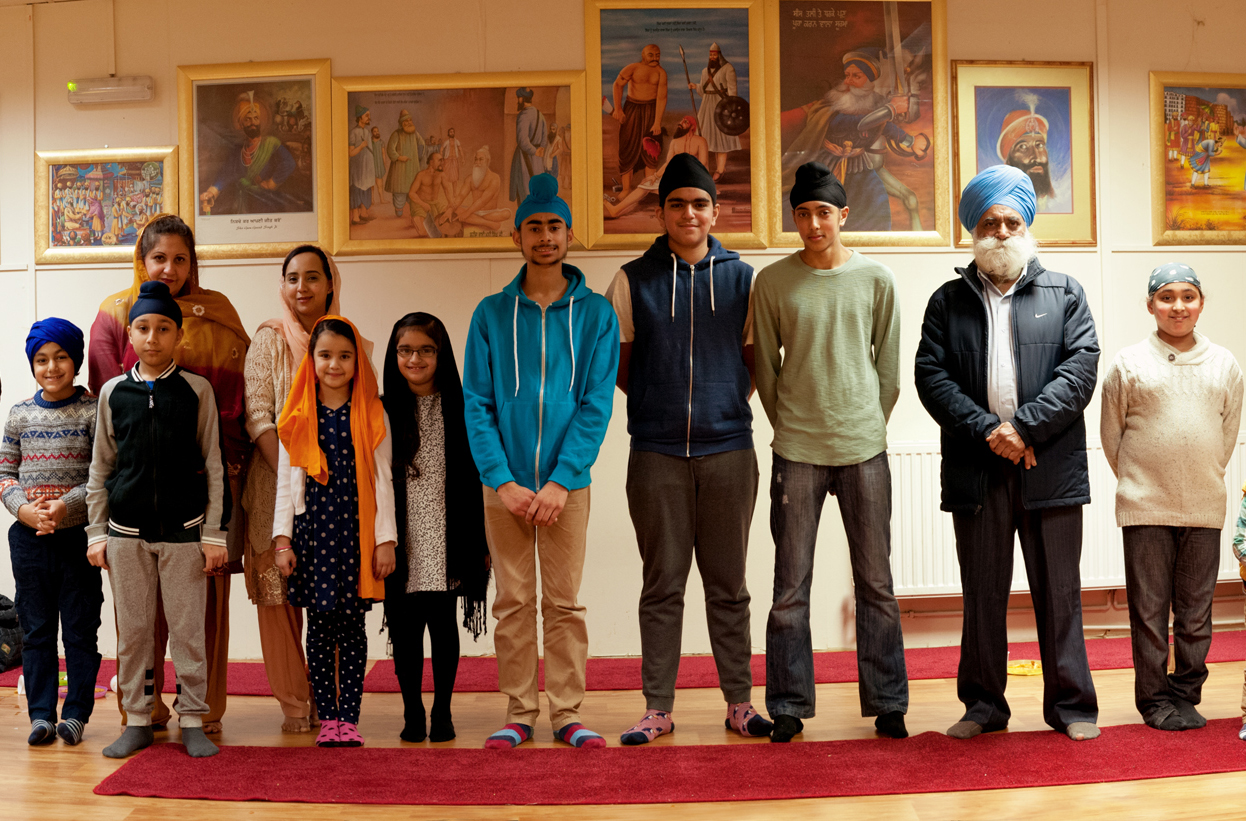Cheetham Hill Road in North Manchester is, according to data from the 2011 Census, the most diverse street in Britain. Almost half of the people who live and work along this eight kilometre stretch of road speak English as a second or other language and the area has been the first port of call for new Mancunians arriving from all over the globe for well over 100 years.
One of the most impressive surviving buildings on this road is the former Spanish and Portuguese Synagogue, which opened in 1874 and is now home to Manchester Jewish Museum, where I am learning manager. One of the things I love most about my job is being able to work closely with such a diverse community in order to ensure that we are living up to our commitment to be a museum for everyone and to help people appreciate our multicultural world. The museum is currently involved in a major development project to renovate the synagogue building and to build a new museum alongside it.
With this in mind I have been working with local photographer Jan Chlebik on the museum’s most recent exhibition, Cheetham Hill Road: A People Panorama. The exhibition is centred on 29 enormous panoramic photographs, which showcase the incredible diversity found along the road. Groups featured range from those you might expect – from schools, shops and places of worship – through to unexpected gems like climbing centres, trampolining clubs and even a cage-fighting gym.
The first stage of the project was to draw up a “most wanted” list of groups we felt would make a great picture and really show off the diversity of the area. Once we had this list I invited them to take part. Incredibly, every group we approached said yes and we ended up taking more pictures than we had planned, as we kept meeting people who we felt we couldn’t possibly leave out.
The most difficult part of the project was finding the right location for each picture. You need A LOT of space for them. Every person in every picture is exactly 18ft from the camera. For the largest gatherings of people, which involved shooting a full 360-degree image, we needed at least a 36ft circular area to work with. Many potential venues we saw were too small and most of the pictures had to be taken in the dead of winter, so outdoor shoots weren’t always an option. Things didn’t always go to plan and there was a fair bit of creative thinking needed to capture an image that both ourselves and the participants would be proud of.
The most rewarding part of this project for me and Jan has been meeting the people who make up this amazing community. Without exception we were met with a warmth and affection we had not expected. The best thing was getting to sample foods from all over the world, from the most amazing Ukrainian comfort food to the best onion bhajis you have ever tasted.
The fact that each person is given the opportunity to be seen clearly and nobody is given higher importance encapsulates the greatest lesson I think we can take from this most diverse of communities. Every one of the 1,500 people featured is unique, we met some incredible characters covering every faith, culture, age and background – but in every way that really matters they are the same. They told us they just want to get on with their lives and get on with their neighbours.
Two messages have stayed with me and will continue to shape my work at the museum. They are the mottos of schools featured in the exhibition – Abraham Moss Community School and Temple Primary School: “Strength comes from diversity” and “All different. All equal.”


Leave a reply
Your email address will not be published.